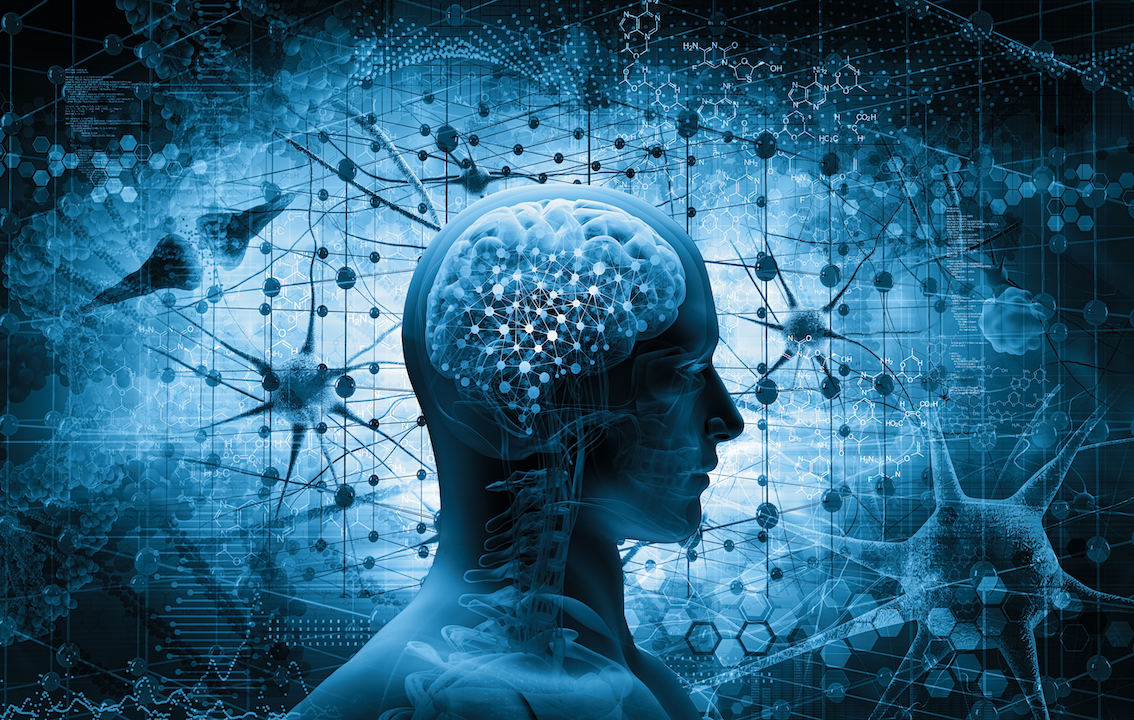
The brain directs the body while it is still developing itself
Researchers from Tufts University have found that the brain plays a central role in development before movements and other behaviors begin. Their study revealed that the brain influences nerve and muscle development while it is still developing itself. This documents the earliest known interaction between the brain and the body.
“Everyone knows that the brain guides behavior, but these data suggest that we need to revise our view of the brain as quiescent prior to an animal’s independent activity,” explained co author Michael Levin. “Our research shows that the brain is engaged long before that, before it’s even fully built.”
Using embryonic frogs, the study also revealed that the brain protects the embryo from harmful agents that cause developmental disabilities. In addition, the research team managed to override defects caused by the lack of a brain by using widely available drugs which are proven safe enough for humans.
“What is particularly promising on the therapeutic side is that we were able to reverse developmental defects that result in the absence of a brain by applying relatively simple bioelectric and neurotransmitter manipulations,” said Levin.
The researchers set out to get a closer look at the role of the brain during the earliest stages of development. In order to do this, they removed the brains of frog embryos 27.5 hours after the eggs were fertilized, which is long before embryonic activity begins.
The embryos without brains had problems in several areas. The complication that stood out the most was abnormal development of the muscles and the peripheral nervous system.
The research team also exposed the modified embryos to chemicals that do not cause birth defects in normal embryos. The embryos developed major deformities like bent tails and spinal cords. Without brain activity, the embryos were defenseless against the harmful agents.
The scientists were able to reverse many of these defects using scopolamine, a drug used to regulate human neural function. They were also successful in rescuing the embryos from defects by injecting messenger RNA encoding the HCN2 ion channel, which regulate bioelectric signals in many animals, including humans.
“Our data suggest that the brain exercises these functions using electrical and chemical channels that communicate locally and at a distance,” said first author Celia Herrera-Rincon. “Such distributed communications means we may be able to repair damage in a difficult-to-reach site by providing therapies to more easily-accessible tissues. Being able to treat one part of the body and see results in another part is particularly valuable in specialties like neuroregeneration.”
The study is published today in the journal Nature Communications.
—
By Chrissy Sexton, Earth.com Staff Writer













